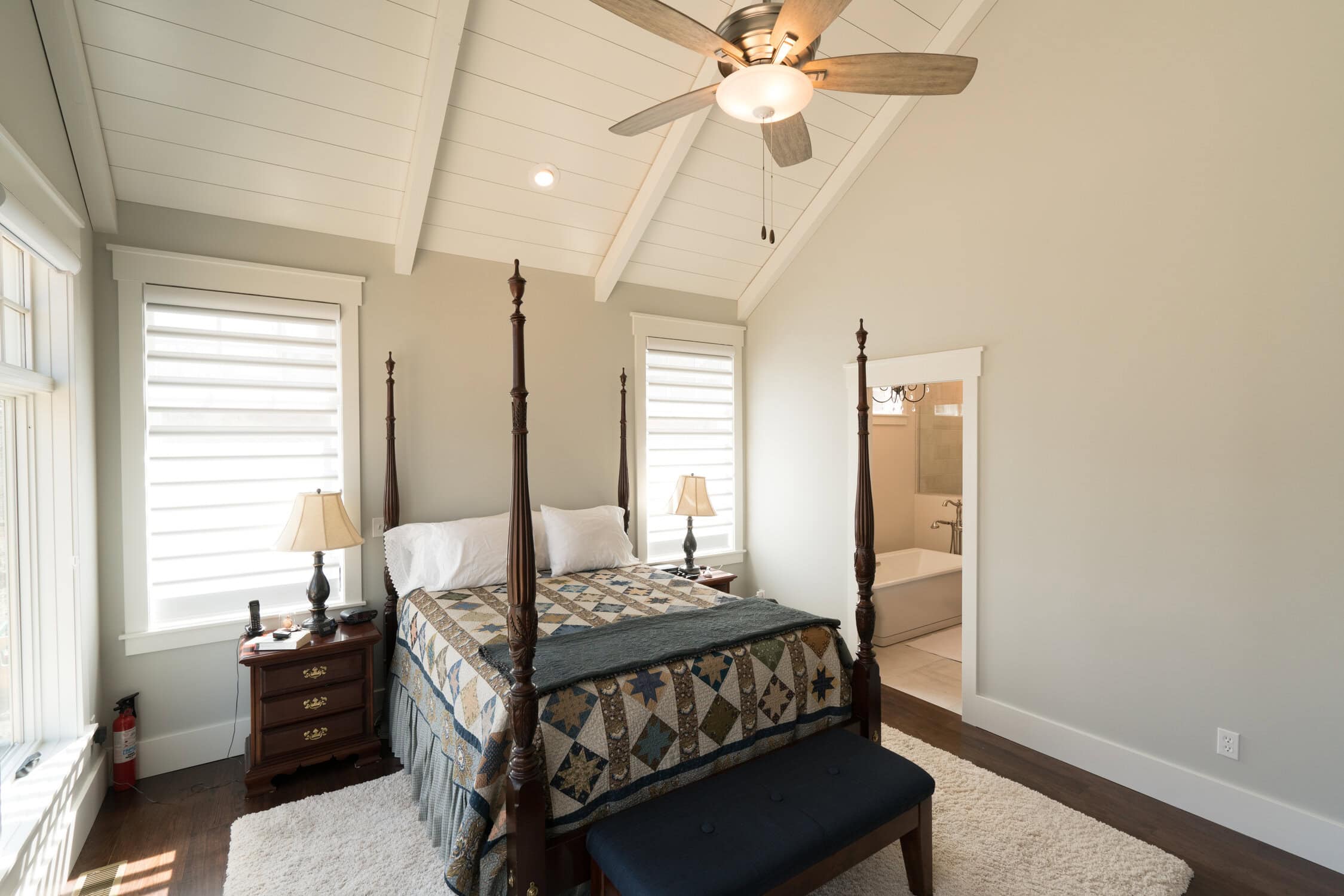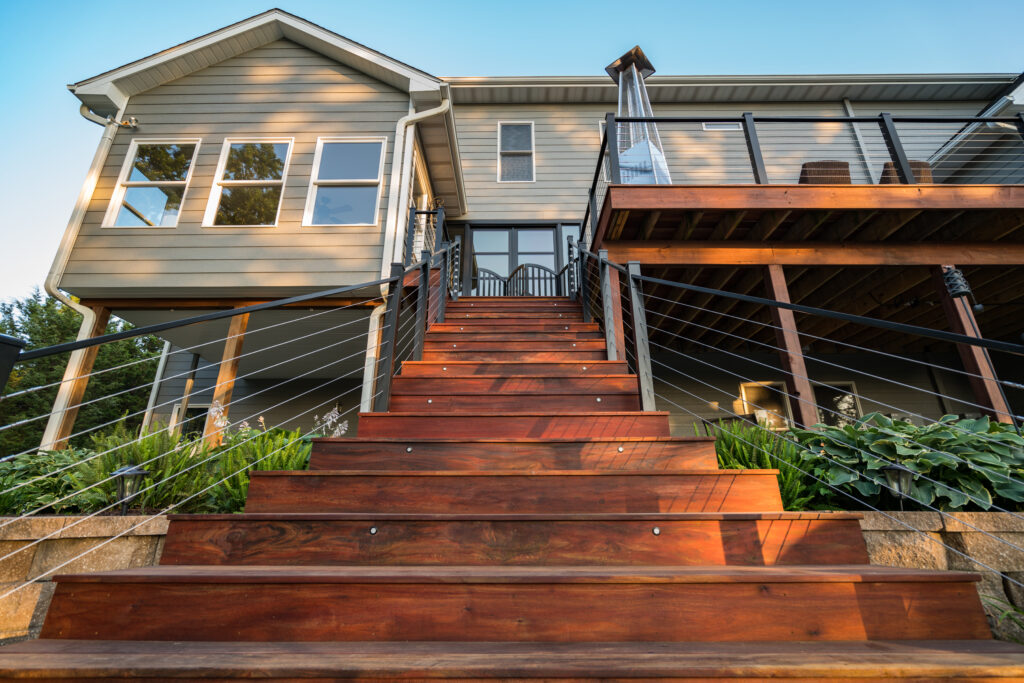Knowing how to match paint colors can feel overwhelming, especially when you’re planning interior house painting in Ashland, MO. From coordinating shades to ensuring your home feels cohesive, it’s easy to get stuck staring at endless paint swatches. But don’t worry—there are tried-and-true secrets to making the process simpler. Today, we’ll share tips to help you confidently choose colors like a professional interior house painter while avoiding common pitfalls.
Let’s get started and transform your walls into a reflection of your personal style!
Key Takeaways
5 Tips on How to Match Paint Colors
1. Build a Palette Around a Main Color
Start by selecting one main color that will act as the anchor for your design. This could be a neutral tone like soft gray, a warm beige, or even a bold navy blue. Once you have your main color, use it to create a palette by adding complementary hues or subtle contrasts.
Use the color wheel as your guide. Complementary colors (opposite on the wheel) create a bold effect, while analogous colors (next to each other) feel more harmonious.
A professional interior house painter often uses a “60-30-10 rule” to balance color: 60% dominant color, 30% secondary color, and 10% accent.
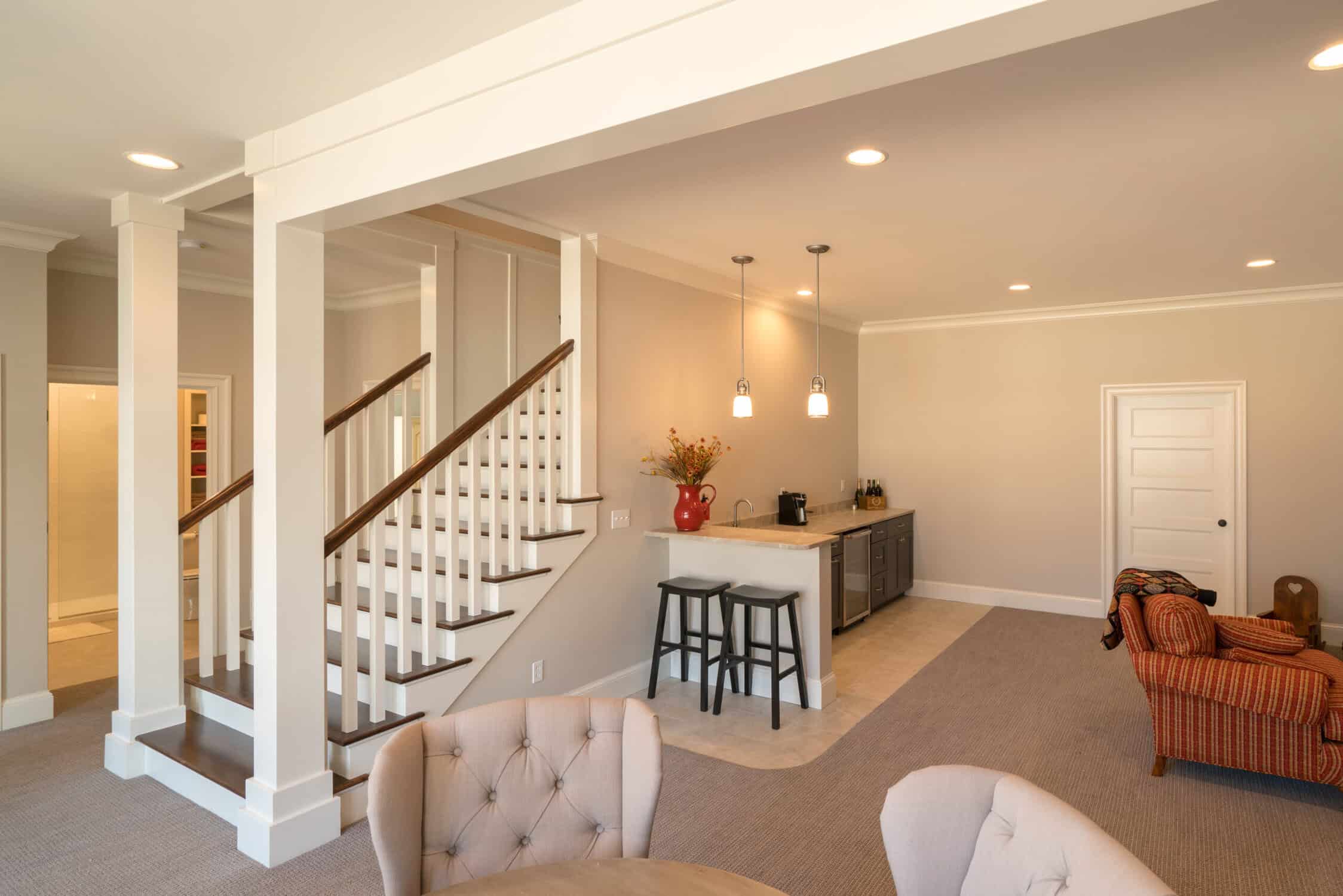
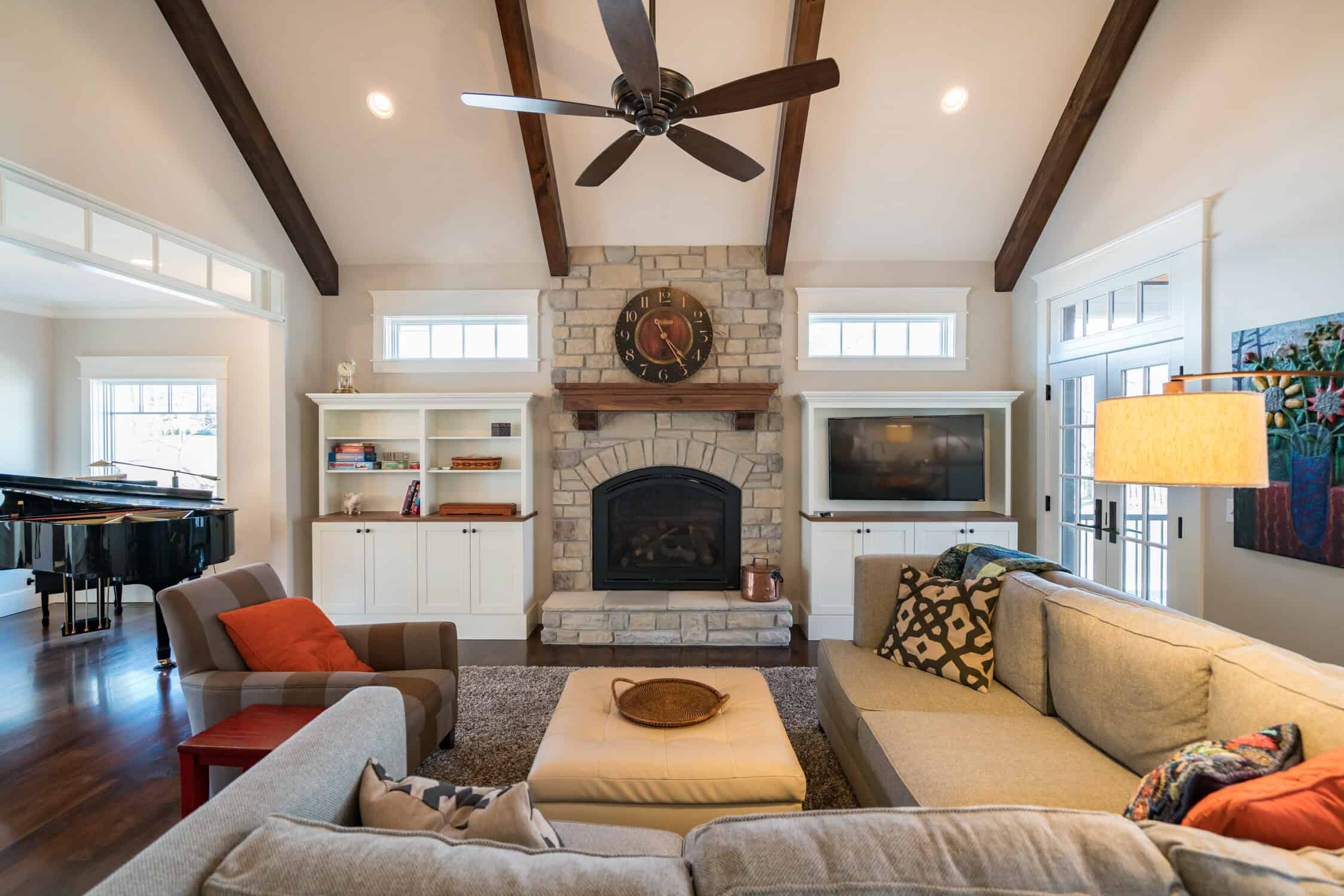
Building your palette first prevents guesswork when it’s time to pick coordinating colors for trims, ceilings, or adjacent rooms.
2. Let Natural and Artificial Light Guide You
Lighting dramatically affects how paint looks. A color that seems perfect in-store might look completely different under the lighting in your home. Here’s how you can account for this:
Observe how the color looks in the morning, afternoon, and evening. South-facing rooms amplify warmth, while north-facing rooms may add a cooler tone.
Use warm or cool bulbs depending on the mood you want to create. Warm light softens colors, while cool light enhances brightness.
Testing samples under different lighting ensures that you’ll love your choice all day long.
3. Match Paint Colors to Existing Elements
When planning interior house painting, it’s essential to consider the existing features in your home, such as furniture, flooring, and cabinetry. Matching or coordinating paint colors with these elements creates a cohesive look that ties the space together.
For neutral-colored furniture, consider adding bold or deep wall colors to create contrast. Conversely, with vibrant furnishings, opt for more subdued wall tones.
Wooden floors pair well with warm, earthy tones, while tiles may work better with cooler shades.
Use white or lighter shades for trims and ceilings to provide contrast and a crisp, clean finish.
By paying attention to these details, you’ll achieve a professionally designed look.
4. Test Paint Samples Properly
Skipping the sampling stage is a rookie mistake. Testing is crucial for finding the perfect shade that works in your space.
Apply test patches that are at least 2×2 feet on multiple walls to see how the color reacts to light throughout the day.
If you’re covering a dark wall with a lighter shade, always prime it to avoid distortion in the final color.
Some apps allow you to visualize how paint colors will look in your room, but physical samples still provide the most accurate representation.
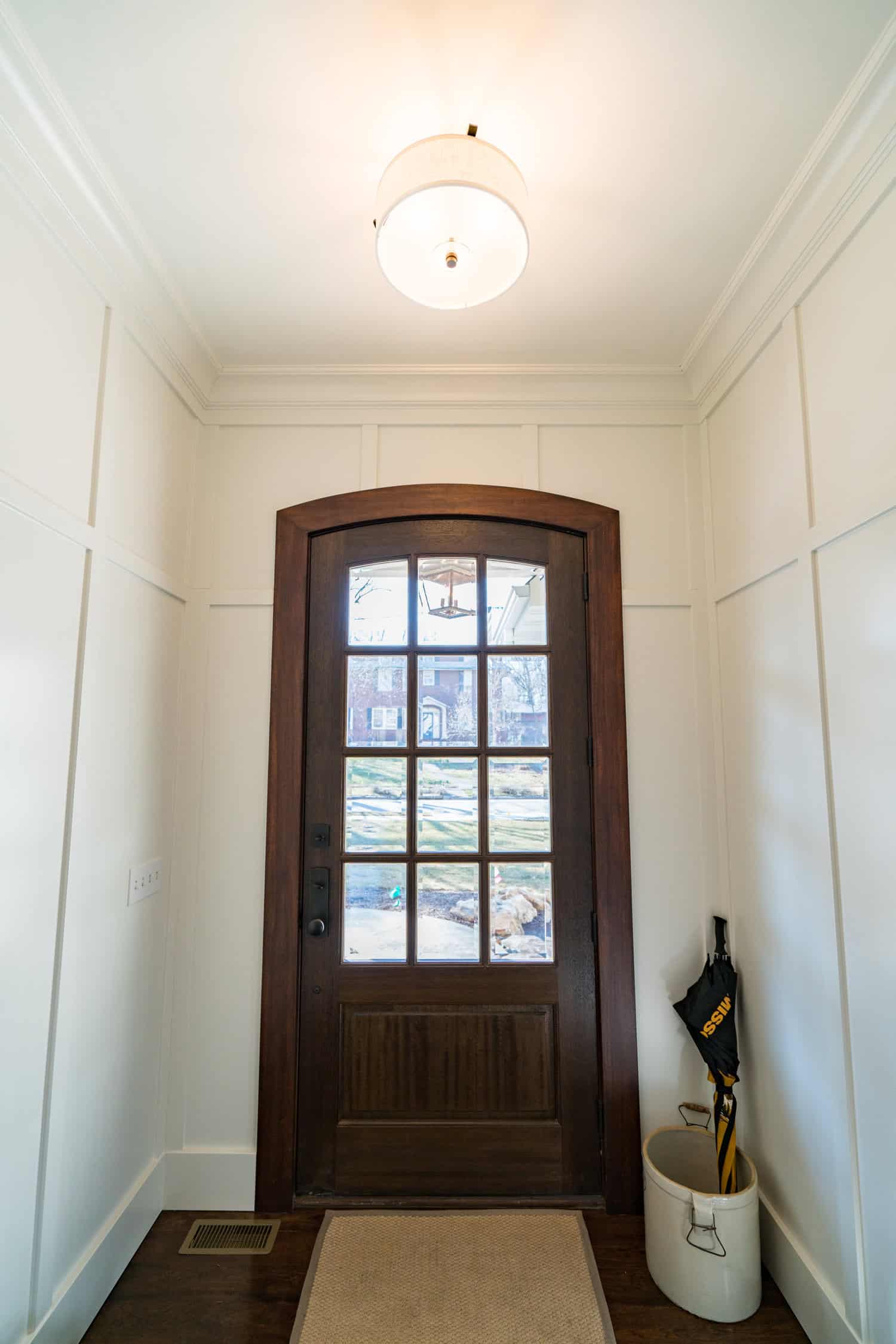
Testing ensures that the color looks just as good on your walls as it does in your imagination.
5. Rely on an Interior House Painter for Guidance
While it’s tempting to tackle everything yourself, working with a professional interior house painter can save you from costly mistakes. Painters have the expertise to recommend color combinations that suit your space and personal style.
A skilled interior house painter knows which paints perform well under specific conditions (e.g., high-moisture areas) and can help you pick durable, long-lasting finishes.
I once had a client who struggled with choosing a shade for their open-concept living area. After some guidance, they landed on a soft taupe that perfectly balanced the room’s natural light and complemented their gray sofas. They couldn’t stop raving about how cohesive their home felt afterward!
Don’t hesitate to lean on professionals for advice—their experience can elevate your project to the next level.
Your Perfect Colors Are Within Reach
Matching paint colors doesn’t have to be stressful. By starting with a cohesive palette, considering lighting, testing samples, and coordinating with existing elements, you’re already on the path to success. Working with a trusted interior house painter adds an extra layer of expertise to the process.
If you’re planning interior house painting in Ashland, Columbia, Jefferson City, or the surrounding suburbs, Garret Painting is here to help. Call us today at 573-533-4462 for a FREE estimate and let’s bring your vision to life!
